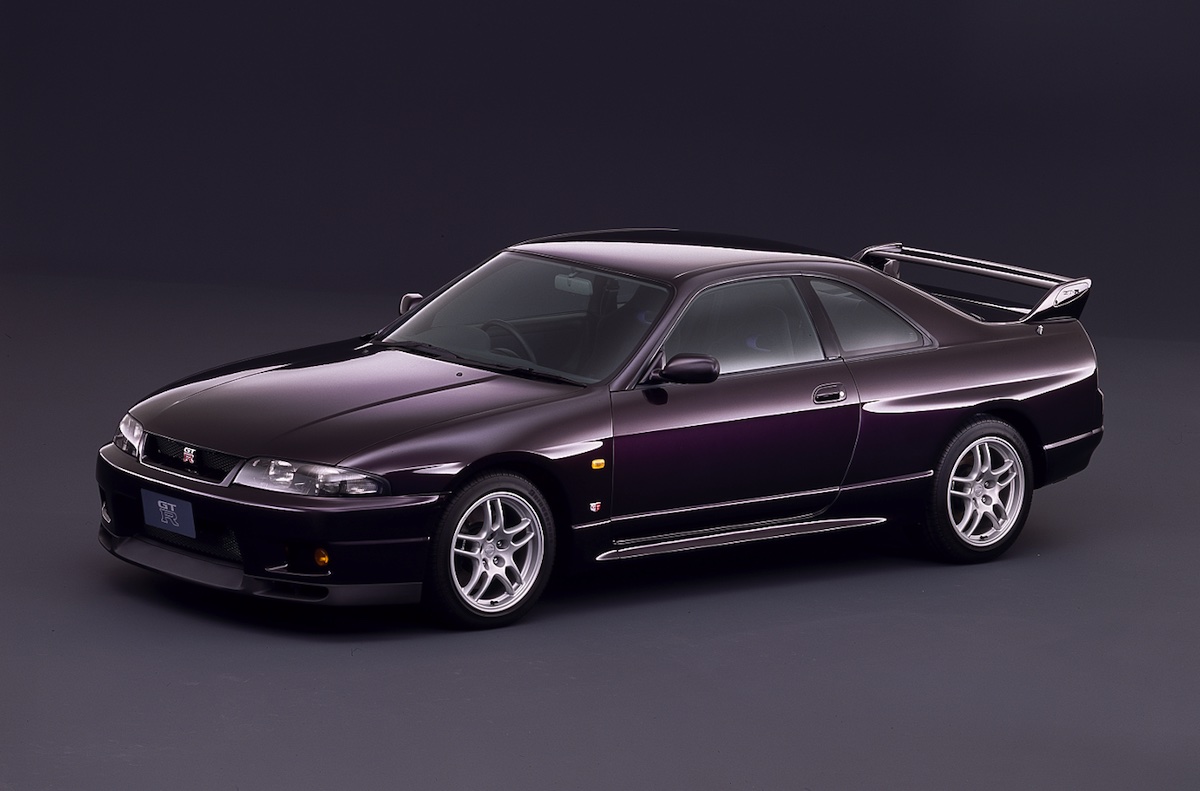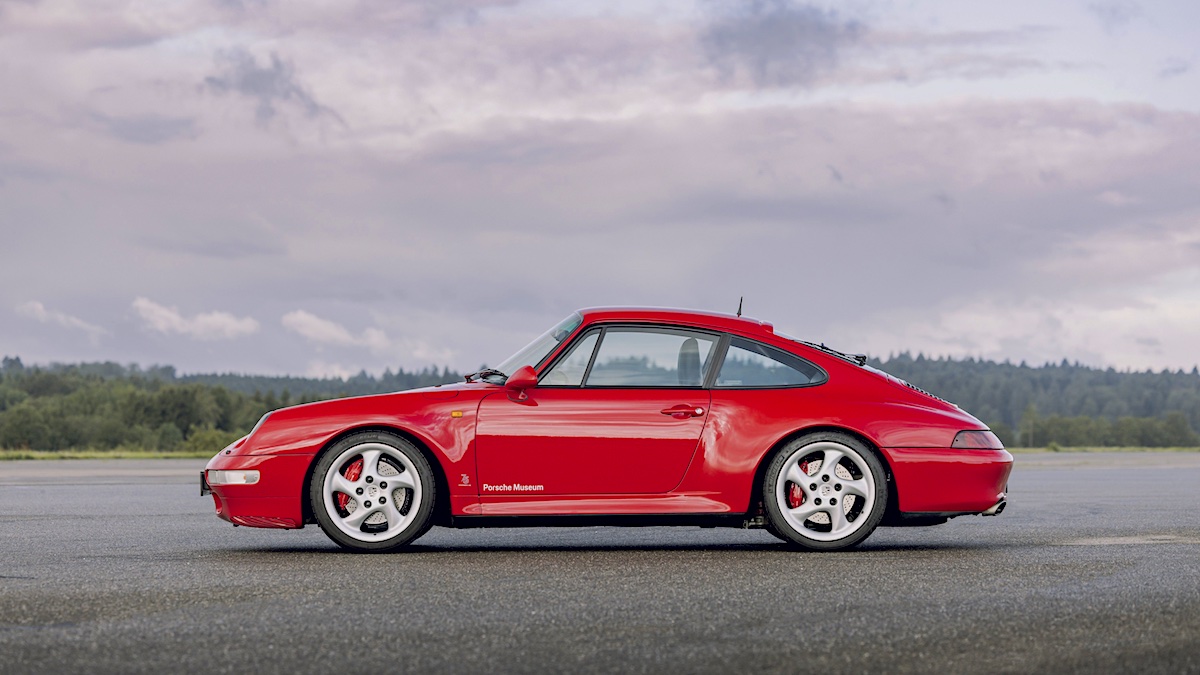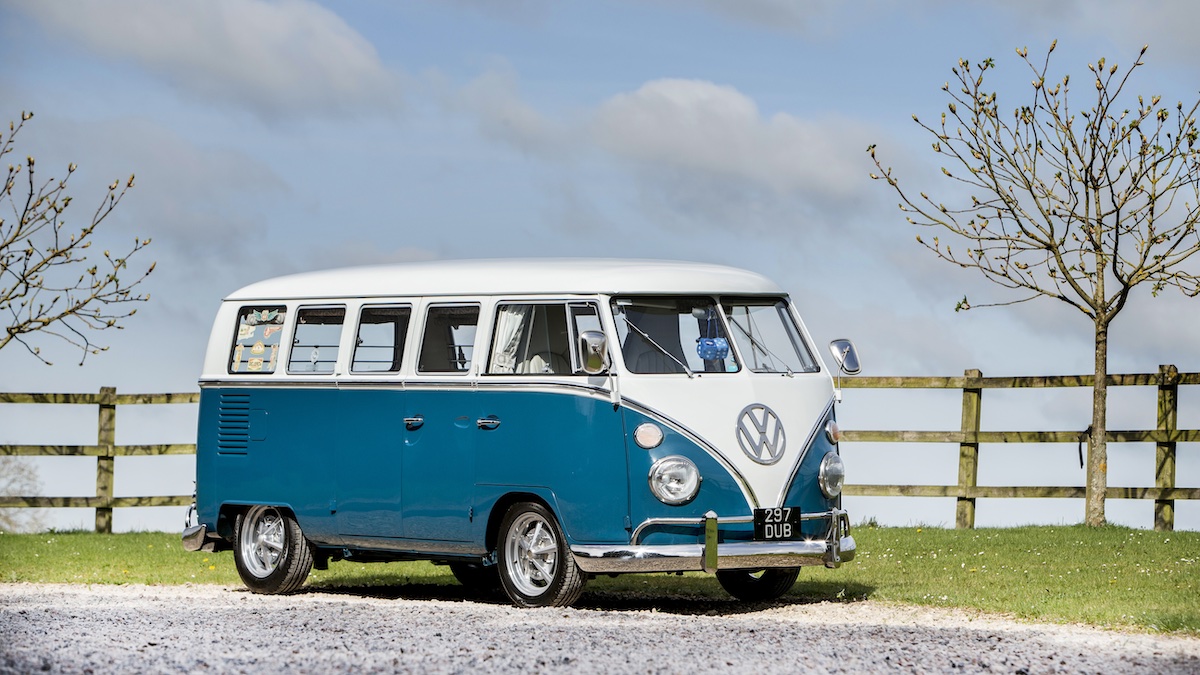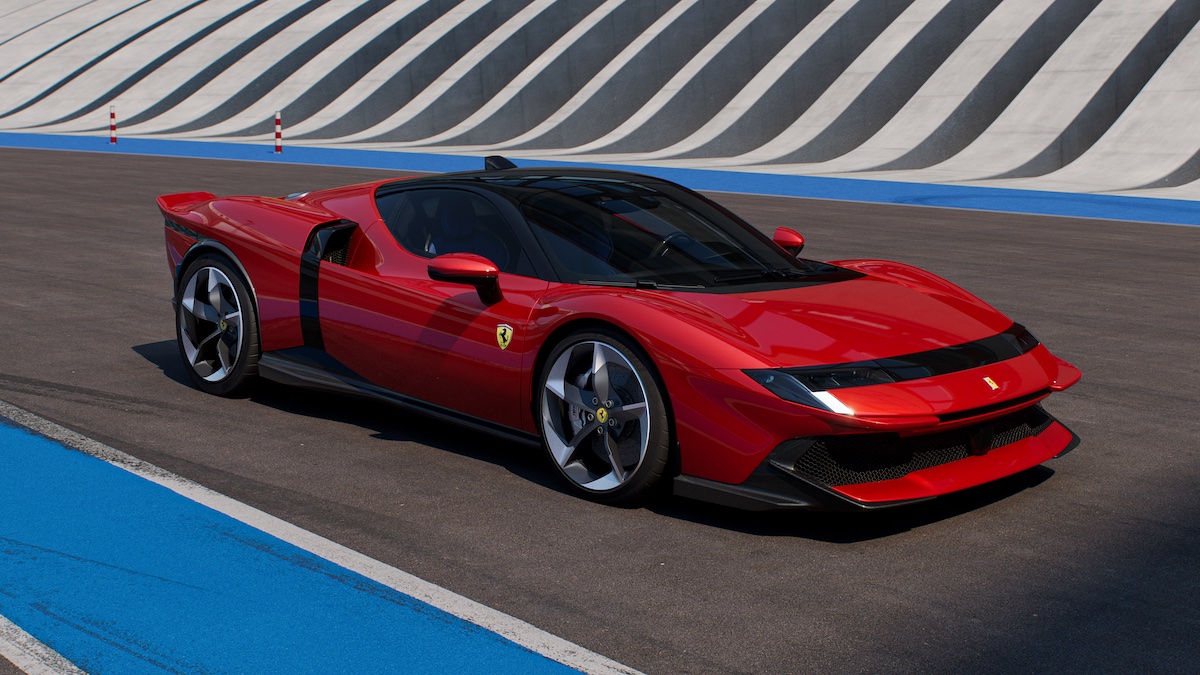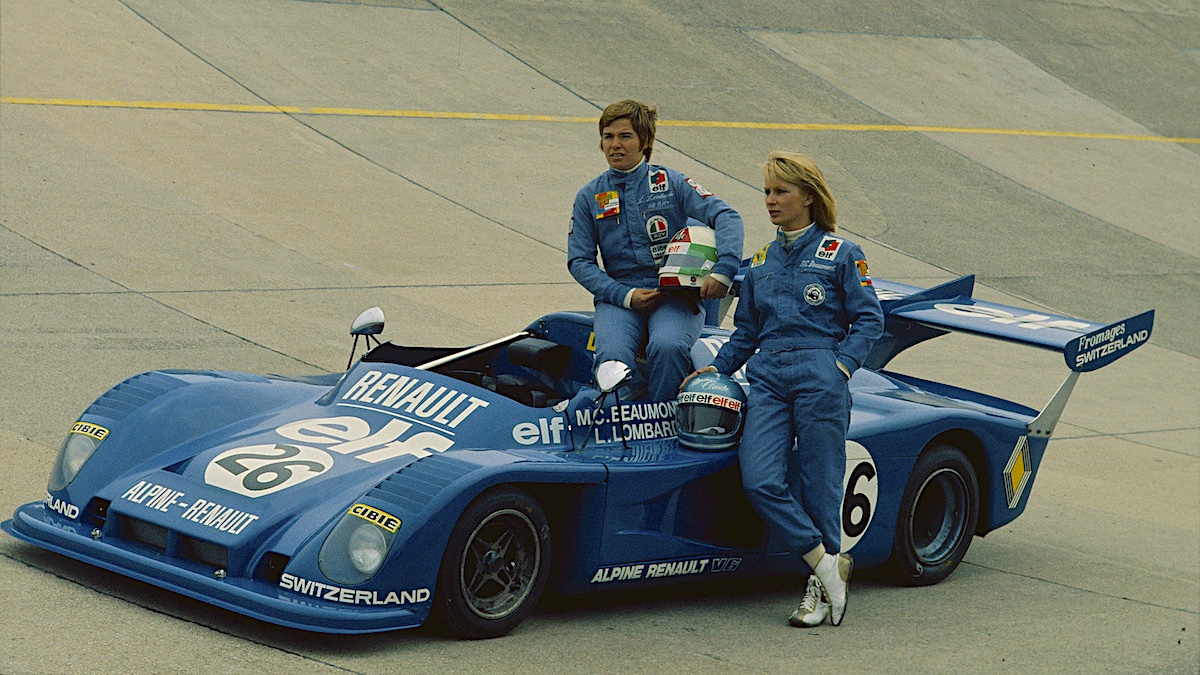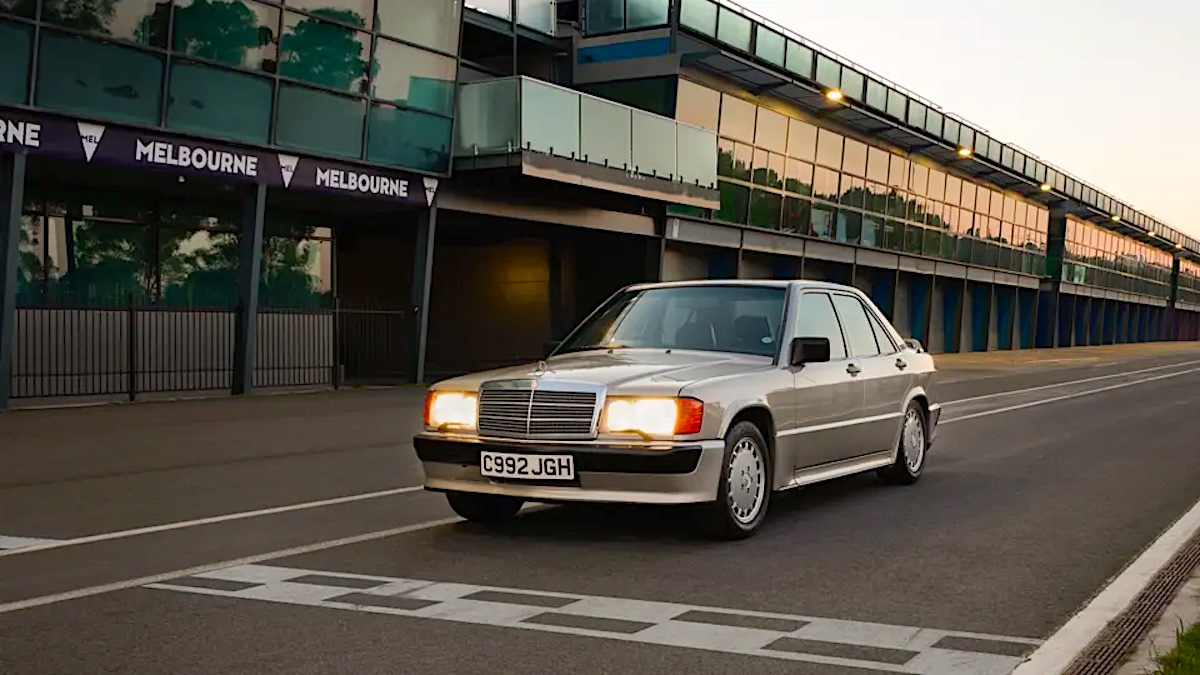Taking inspiration from the exotic Enzo, Ferrari’s F430 brought new levels of sophistication and performance to the Prancing Horse brand’s mainstream model.
It also included a version with similar looks to other F430s but a transmission that maintained Ferrari tradition and now occupies a special place in the market with almost assured collectability.
The Ferrari F430 was launched in 2004 as a replacement for the very successful 360 Modena. While the two cars were similar in shape, the differences were significant when delving deeper.
The F430 shape was created by styling house Pininfarina, working closely with Ferrari’s Director of Design to combine aerodynamic improvements with increased downforce.

At the front, the air-dam and headlights were reshaped, with air-intakes modelled on the ‘Shark-Nose’ Formula 1 cars of the 1960s.
At the rear, the quartet of high-set taillights echoed the exotic Type 140 Enzo, with extractor vents framing the rear window on coupes and a prominent diffuser.
The longer wheelbase, extended by 150mm over the 360 Modena, was accentuated by larger diameter wheels and deeper ducting below the doors which fed cooling air to the rear brakes.
As with the 360, the F430’s chassis and internal supports were formed from aluminium, albeit reshaped and strengthened to deliver enhanced rigidity.

As the car’s designation suggests, the F136 engine displaced 4.3-litres (4308cc). It was lighter and physically smaller than the previous V8, but significantly more powerful despite remaining naturally aspirated.
It also marked a significant change for Ferrari as it was the brand’s first V8 not to have descended from the Dino racing program of the 1950s.
Design costs for the new V8 were shared with Maserati and drew on technologies developed via the Ferrari Formula 1 programme. The connecting rods, pistons and crankshafts were all new, with the four-valve cylinder heads, valves and trumpets retained from the Formula 1 engines.
Boasting outputs of 360kW at 8500rpm and 465Nm at 5250rpm, the new F430 V8 comfortably outperformed the 360 Modena’s F131 V8 which mustered 298kW/373Nm, helping the F430 to a 315km/h top speed, around 21km/h higher than its predecessor.
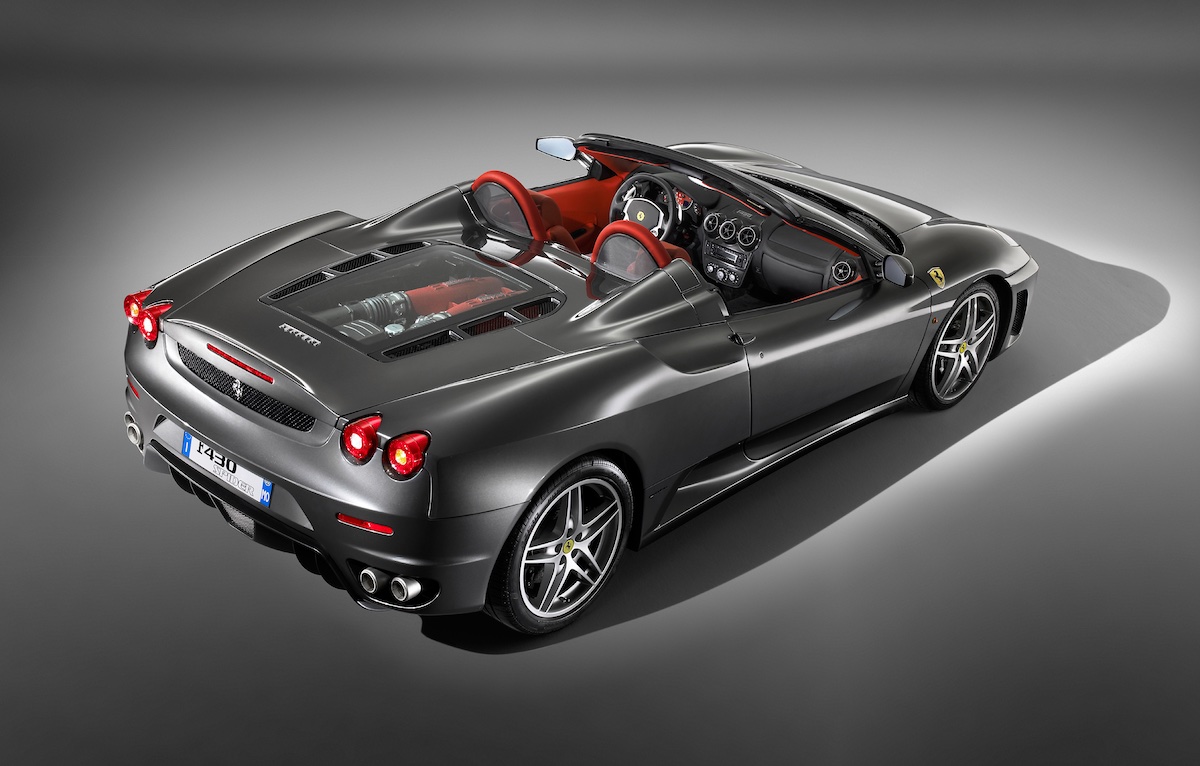
Aside from their distinctively different styling and engines, where the model change from 360 Modena to F430 was instantly apparent to drivers was between the seats. Most 360 Modenas came with a six-speed gated manual or a single-clutch, electrohydraulic-actuated F1-style automated manual gearbox.
Like the 360 Modena the F430 offered the almost-obligatory six-speed gated manual transmission, but many more were sold with Ferrari’s improved F1 Transmission.
As before, the F1 Transmission comprised a six-speed, single clutch automated manual gearbox operated by large paddle shifters located behind the steering wheel. But changes to the car’s advanced electronic control systems, faster and more refined gear changes, and the introduction of a computer-controlled limited-slip active differential (E-Diff) ensured the F430 was a far superior driving experience.
The F430 also introduced an F1 style ‘manettino’ (little lever) knob on the steering wheel, allowing the driver to adjust the various electronic settings, including those controlling the F1 transmission and differential, in real-time.
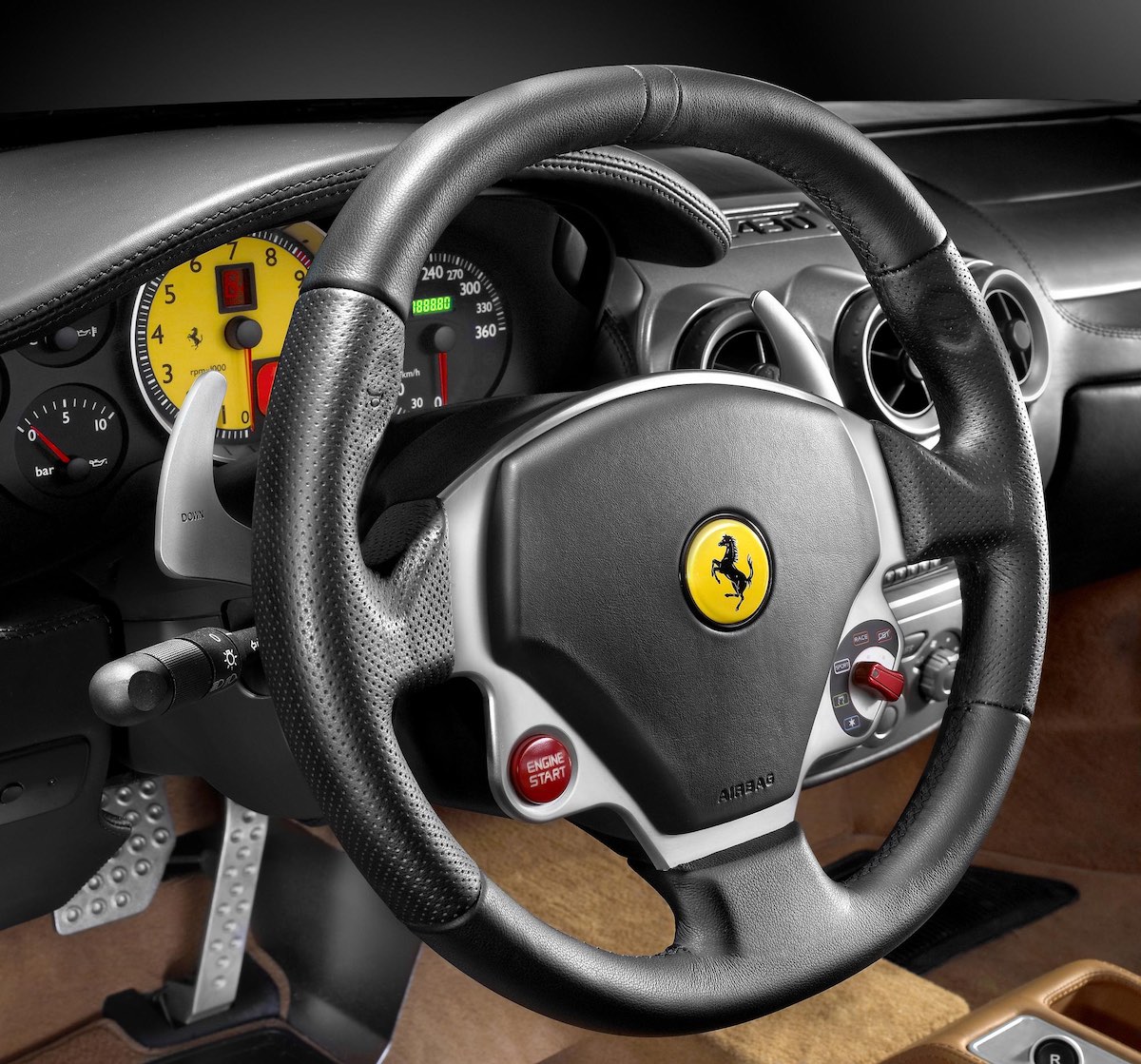
The electronically activated E-Differential contributes significantly to the F430’s blistering performance, integrating data from a variety of sources and directing torque to whichever rear wheel offers the greatest grip. The system was claimed by Ferrari engineers to be superior under most conditions to the all-wheel drive offered by other supercar brands.
Despite most buyers opting for new F1 Transmission, a version of the F430 with six gears and a clutch pedal remained available to special order and sold in limited numbers.
When new in Australia the manual cost $25,000 less than a paddle-shift version – $389,000 vs $414,000 for the coupe – but finding an F430 manual for sale in today’s market is difficult and expensive. Around 700 are thought to have been sold worldwide, with manual cars selling here at more than $500,000.
Locally delivered F430s had leather-bound sports seats, power windows, climate control air-conditioning and switchable traction control. A sound system wasn’t listed as standard but cars in the used market all seem to have one.
Convertible versions of the F430 cost $30,000 more than coupes included a power-operated top and integrated roll hoops.
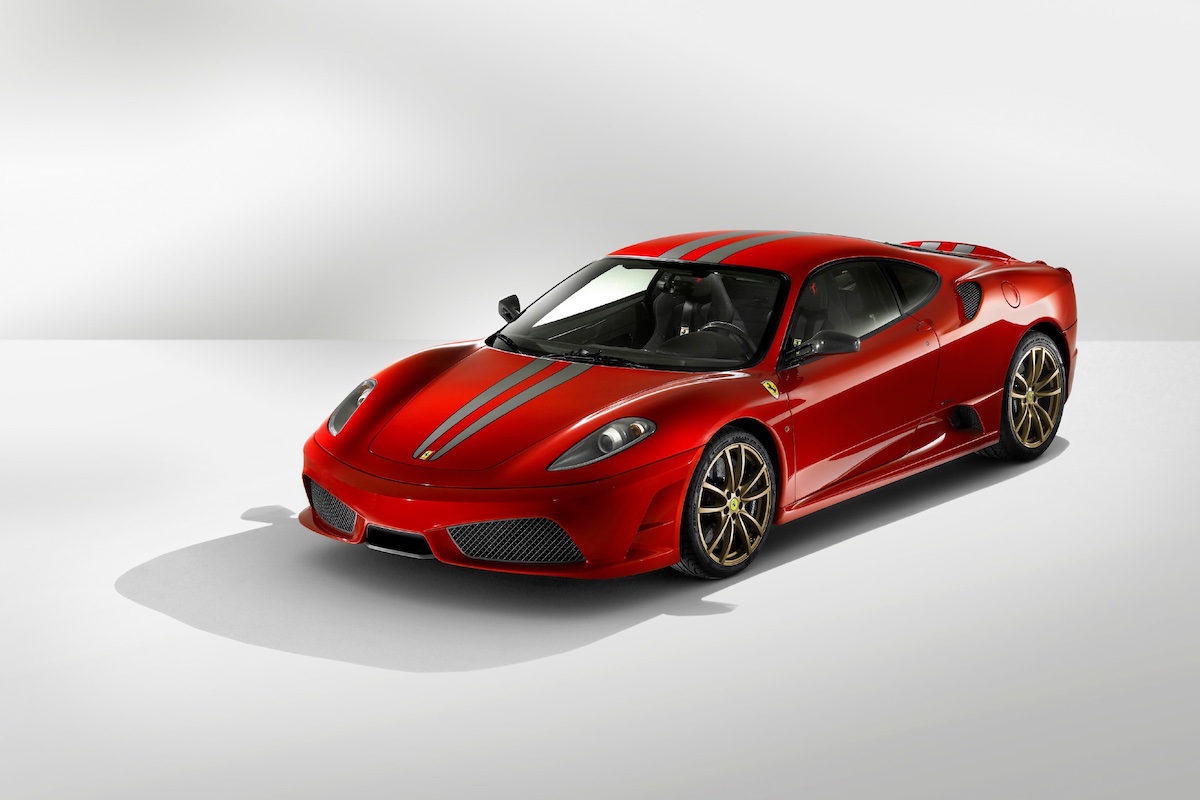
From 2008, Ferrari offered a Scuderia version of the F430 in coupe and Spider form. These came with reduced weight, reshaped seats, performance enhancements including faster shift response and uprated brakes. The engine boasted uprated outputs of 375kW at 8500rpm and 470Nm at 5250rpm, with local coupes priced from $574,000.
Anyone who had feared buying a Ferrari V8 due to its use of a timing belt would have welcomed the F430’s more durable chain to drive the valve gear. They would also have avoided the cost every five years or so for belt replacement.
The F430 still needs regular maintenance, with service agents linking missed oil changes to failed crankshaft bearings and damaged valve trains. More serious and difficult to detect is disintegration of the inlet manifolds which can allow metal fragments to find their way into the engine.
Despite being a genuine exotic, Ferrari F430s are reasonably common in the Australian specialist used car market and cars here will typically have travelled fewer than 50,000km. These are typically priced from $250,000 to $350,000 with Spiders usually less expensive than coupes.
Although they cost more than basic versions, the six-speed manual and Scuderia F430s offer better prospects for improved values in the medium-longer term.
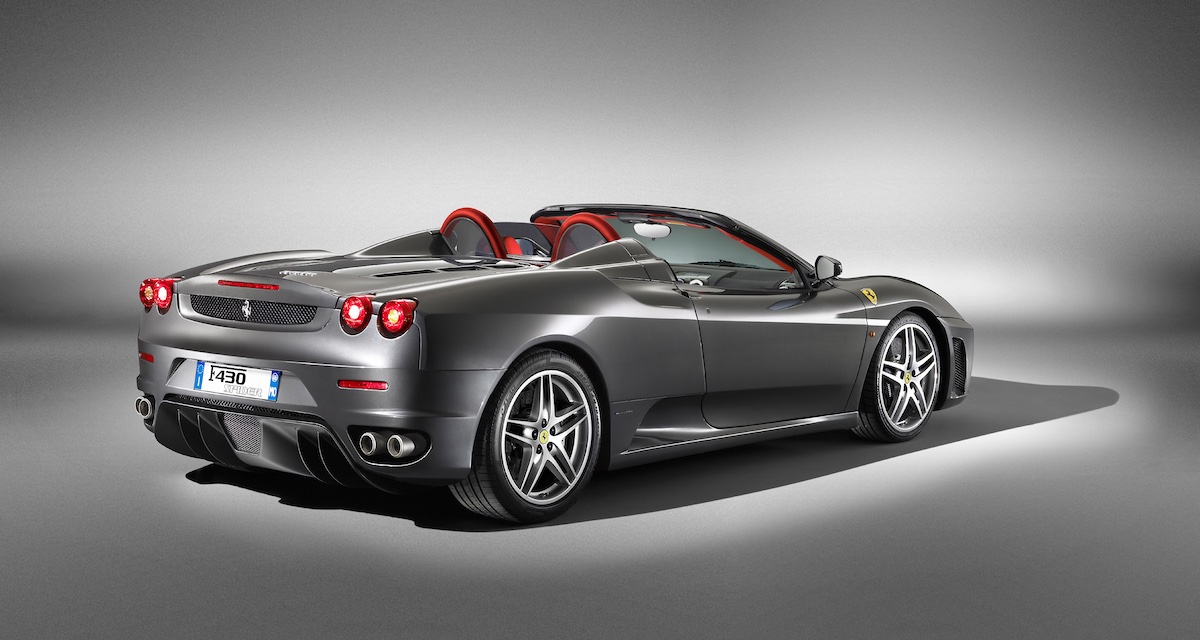
Things To Watch Out For When Buying a Used Ferrari F430 (2005-10)
- Verified service history is essential, as is pre-purchase inspection by a Ferrari specialist.
- Cracked inlet manifolds can allow the engine to ingest fragments of metal with disastrous results.
- Engine mounts fail due to age and original units will by now be ready for replacement to eliminate engine vibration.
- Slow response from the paddle shifters, especially during down changes.
- A faulty brake fluid reservoir triggered a recall but all should by now have been replaced.
- Fluid leaks from hydraulic lines to the Spider’s powered top can affect roof function and cause paint damage.
Valuation Timeline: Ferrari F430 (2005-10)
- 2010: $461,000
- 2015: $245,000
- 2020: $265,000
- 2025: $335,000 (F430 Auto Coupe)
Retro Rides’ Investment Rating
- 6/10 (Semi-Auto)
- 8/10 (Manual)


